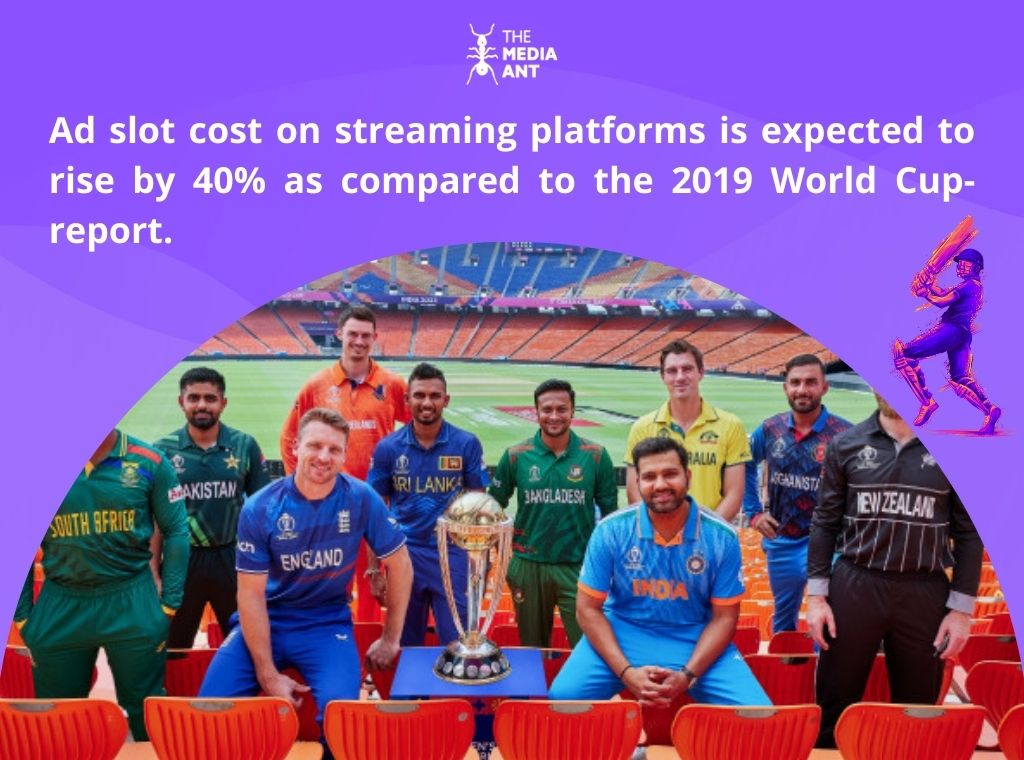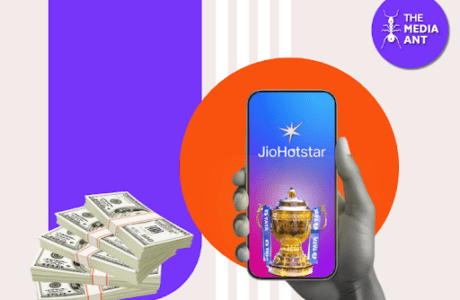The Cricket World Cup 2023 has taken the sporting world by storm, captivating millions of fans worldwide with its thrilling matches and unforgettable moments. While the cricketing action on the field has been the main attraction, off the field, a different battle is unfolding, one for the attention of the massive and diverse audience that this tournament offers. In this battle, brands are leveraging the power of advertising to connect with viewers, and a recent report by mFilterIt is shedding light on the strategies and trends that are shaping this advertising landscape.
MFilterIt, a digital marketing analytics firm, has released a real-time weekly report that meticulously dissects advertising trends during the Cricket World Cup 2023. This report, brimming with insights, dives into various facets of brand category advertising during the tournament. It focuses on precise regional targeting, frequency capping monitoring, platform-specific audience targeting, and provides valuable insights to steer future ad campaigns.
One striking revelation from the report is the significant increase in advertising spending compared to the 2019 World Cup. Deloitte India estimates that brands are shelling out approximately USD 240 million for ten-second ad slots on streaming platforms a whopping 40% increase from the previous edition.
The data showcases remarkable growth in the number of advertisers and ad slots from the tournament’s inception to its fourth day. Delhi saw a staggering 5x increase in advertisers, while Mumbai and Bangalore followed suit with 3.5x and 4.4x increases, respectively. Ad slots also skyrocketed, with Delhi experiencing a 7x rise, Mumbai a 9x surge, and Bangalore a 5x increase during the same period.
The report further highlights intriguing trends in industry-wise distribution. On day one, Delhi NCR viewers were overwhelmed with ads from the Banking Financial Services, and Insurance (BFSI) sector, whereas Fast-Moving Consumer Goods (FMCG) took the lead on day four, closely trailed by automobile and accessories ads, as well as ads from e-commerce and quick commerce marketplaces.
Mumbai, being the economic hub of India, exhibited a diverse range of industries competing for viewers’ attention. While FMCG, BtFSI, and fantasy gaming dominated during match days, Beauty and Personal Care (BPC) and electrical equipment also secured positions in the top three industries.
Meanwhile, Bangalore’s viewers were bombarded with FMCG ads, accounting for over 50% of the advertisements on day four. BFSI, fantasy gaming sites, and automobile and accessories ads comprised the remaining top three industries.
Dhiraj Gupta, co-founder and CTO of mFilterIt, praised the report’s insights, emphasizing how advertisers capitalized on regional targeting to tailor their messages effectively. He stressed the importance of monitoring frequency capping, as ad fatigue can erode the effectiveness of campaigns. Gupta also underscored the report’s examination of how brands optimized their strategies for different platforms in an era of multi-platform engagement.
In conclusion, the Cricket World Cup 2023 has not only been a battleground for cricketing glory but also for brands seeking to connect with a vast and diverse audience. With the invaluable insights provided by mFilterIt’s report, advertisers have the tools they need to fine-tune their strategies and drive meaningful engagement with their target audience in this ever-evolving landscape of sports advertising.
Source





